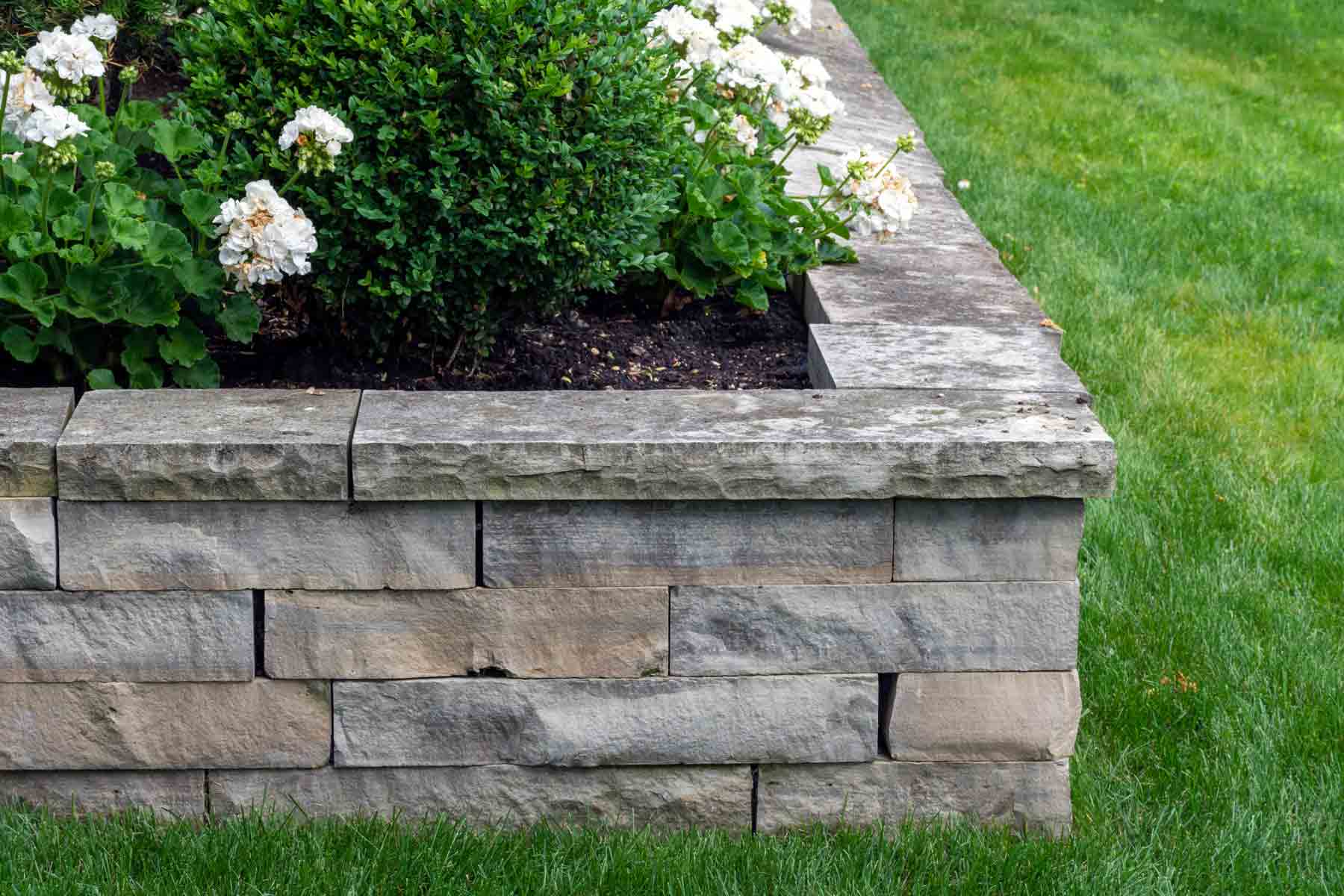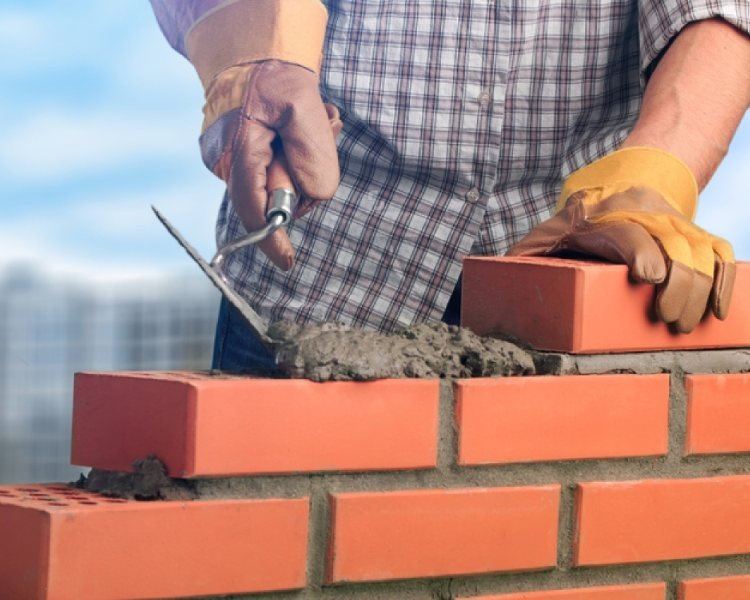Opening the Tricks of Lasting Stonework Building Practices for Eco-Friendly Buildings
In the world of contemporary construction, the search of sustainable practices has actually become paramount. Amongst the myriad methods to environmentally friendly building, lasting masonry building and construction sticks out as a time-tested and long lasting method that holds a wide range of untapped capacity. From the choice of products to innovative building and construction methods, the secrets to attaining sustainability within stonework building are multifaceted and interesting. By discovering the advantages, materials, techniques, and future fads of sustainable masonry, a much deeper understanding of exactly how these practices can form the future of green buildings emerges.
Advantages of Lasting Stonework Building And Construction
Welcoming sustainable masonry building and construction methods not only lowers ecological impact yet likewise offers long-lasting economic advantages to home builders and communities. By making use of materials like recycled blocks, blocks, and rocks, contractors can significantly lower the carbon footprint of their tasks while promoting source efficiency. Furthermore, sustainable stonework construction methods, such as proper insulation and thermal mass homes, can boost energy performance within buildings, causing reduced operational prices over time.
Additionally, the toughness and resilience of stonework frameworks add to long-lasting financial benefits. Structures created using sustainable stonework techniques frequently call for less maintenance and fixing, translating to cost savings for building contractors and homeowner. The long life of stonework materials also makes certain that frameworks continue to be stable and protected, lowering the demand for constant renovations or replacements.
Eco-Friendly Stonework Products
Making use of environmentally friendly masonry materials is an essential action in the direction of boosting the sustainability of building and construction practices and minimizing ecological influence while taking full advantage of long-lasting financial advantages. Lasting masonry materials are sourced, created, and used in a manner that minimizes general environmental impact. Products such as recycled blocks, redeemed rock, and sustainable concrete blocks are becoming increasingly popular choices for eco-conscious builders. Recycled blocks, for instance, not just draw away waste from garbage dumps however likewise call for much less energy to produce compared to new bricks. Reclaimed rock offers a special aesthetic allure while decreasing the requirement for new quarrying. Lasting concrete blocks incorporate recycled accumulations and might feature better insulation homes, contributing to power efficiency in structures.
In addition, natural materials like adobe, rammed earth, and straw bundles provide outstanding thermal mass properties, decreasing the requirement for heating and cooling down power. These products are often locally available, promoting regional economic climates and minimizing transportation-related carbon emissions. By choosing green stonework products, building and construction tasks can considerably decrease their ecological impact and add to the development of much healthier, a lot more lasting developed atmospheres.
Energy-Efficient Masonry Methods
Power effectiveness plays a critical duty in boosting the sustainability of stonework building methods. By carrying out energy-efficient masonry techniques, contractors can considerably reduce the overall power usage of a structure, bring about reduced operational costs and a smaller sized environmental footprint. One vital energy-efficient stonework method is the use of thermal mass, which entails including dense materials like concrete or block into the building's framework to take in and store warmth. This assists regulate interior temperatures, reducing the need for mechanical home heating and cooling systems.

Technologies in Lasting Masonry
Recent advancements in lasting stonework practices have actually produced ingenious methods that are reshaping the building and construction sector. One such advancement is the development of self-healing concrete, which utilizes microorganisms embedded link within the concrete to heal splits autonomously. This development not only reduces upkeep expenses however also boosts the resilience of stonework frameworks, adding to their sustainability.
One more noteworthy innovation is the usage of recycled accumulations in stonework building - masonry contractor. By integrating products such as smashed ceramic waste or recycled glass into concrete mixes, home builders can minimize the ecological influence of building and construction tasks while preserving structural stability. This practice not just draws away waste from garbage dumps yet also preserves natural deposits, making it a vital improvement Recommended Reading in sustainable stonework building and construction
In addition, the combination of digital design devices, such as Building Details Modeling (BIM), is revolutionizing the way masonry structures are prepared and constructed. BIM permits for more precise estimations, reduced material waste, and boosted power efficiency, ultimately bring about even more lasting building methods. These innovations collectively indicate a promising future for sustainable masonry construction in the age of environmentally friendly buildings.
Future Trends in Masonry Sustainability
With the ingenious strides made in sustainable stonework methods, the future fads in stonework sustainability are poised to further reinvent the building and construction industry. Among the key patterns shaping the future of stonework sustainability is the increased combination of technology. Advancements such as Building Details Modeling (BIM) and online reality simulations are being made use of to optimize stonework building and construction processes, causing reduced material waste and improved power performance in structures.
Furthermore, the development of unique lasting materials is readied to play a substantial duty in improving the eco-friendliness of masonry building and construction. masonry contractor. Technologies like self-healing concrete, recycled accumulations, and bio-based binders are acquiring grip for their capability to reduce ecological effect while maintaining architectural stability

Conclusion
To conclude, sustainable masonry building methods provide many advantages for green structures. By making use of green products and energy-efficient strategies, stonework can contribute to a much more sustainable developed atmosphere. Technologies in lasting stonework are constantly being established to even more improve the environmental efficiency of buildings. Looking towards the future, the trend of stonework sustainability is anticipated to expand, resulting in more eco-friendly and energy-efficient construction techniques in the years ahead.